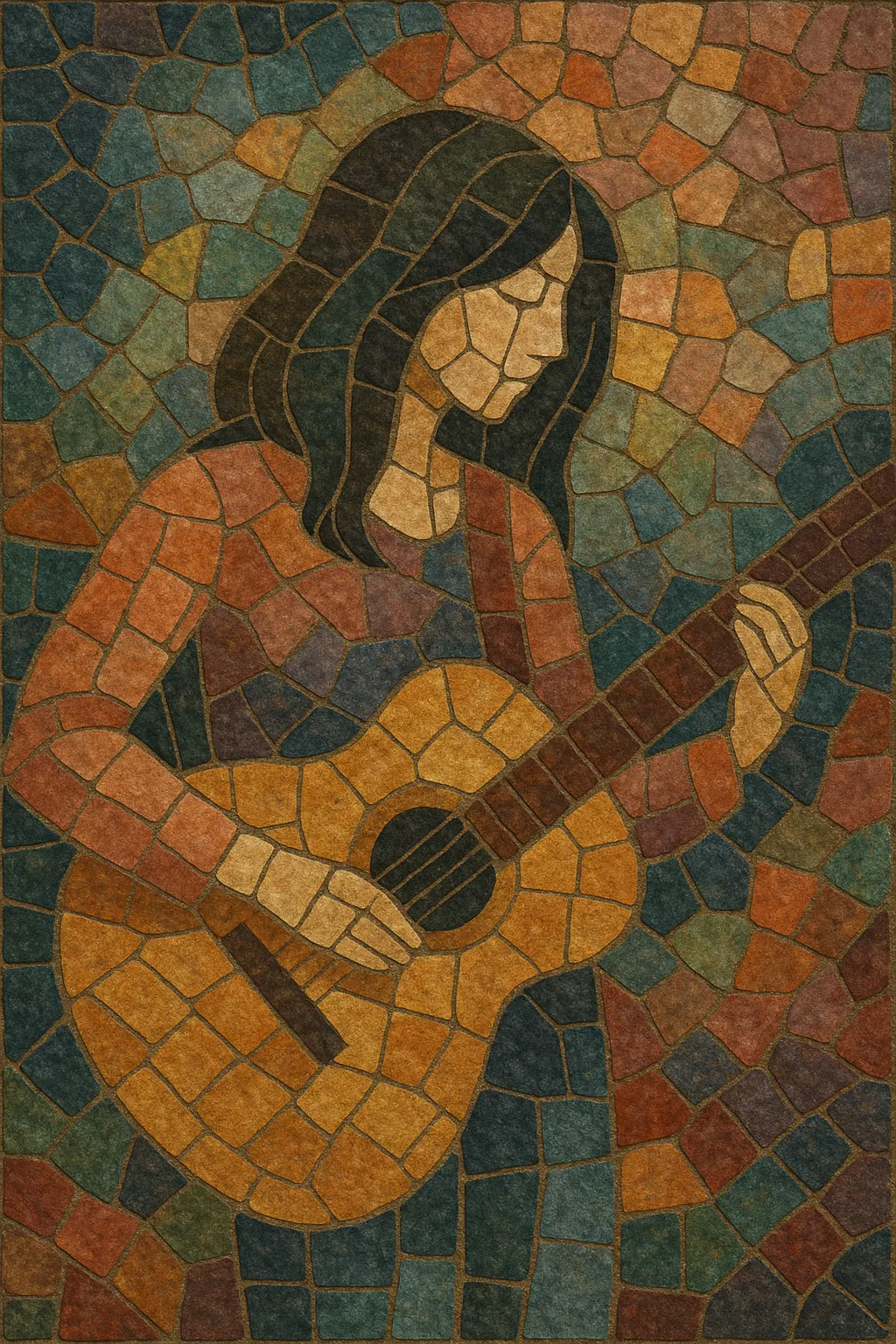Nyū myūjikku (Japanese “New Music”) is a Japanese pop movement that emerged in the 1970s as a shift away from the traditional kayōkyoku system toward artist-driven, singer‑songwriter pop and soft rock.
It blends Western folk-rock, soft rock, AOR, and sophisticated pop songwriting with Japanese lyric sensibilities, favoring personal, diary-like themes, refined harmony, and tasteful arrangement over idol-style gloss. Its polished studio craft, jazz-tinged chords, and adult contemporary feel set the foundation for the later city pop boom and the mainstreamization of J‑POP aesthetics.
Nyū myūjikku arose in mid‑1970s Japan as a reaction to the formula of kayōkyoku and the idol-centric production line. Singer-songwriters and musician-led bands embraced Western folk-rock and soft rock, writing more introspective, personal lyrics and favoring artistic autonomy. Record companies and music media adopted “New Music” to market this adult-oriented, musician-crafted pop distinct from enka and teen idols.
By the late 1970s, the style matured into polished studio productions characterized by acoustic and electric guitars, electric piano, tasteful strings, and light funk/jazz rhythm sections. Artists drew on AOR and sophisticated pop harmony (extended chords, key modulations) while keeping melodic directness and Japanese lyrical nuance.
The studio craft, cosmopolitan grooves, and songwriting of nyū myūjikku directly fed into the emergence of city pop around the turn of the 1980s. Many key figures overlapped between the two scenes, bringing a more urban, West Coast/AOR sheen. These practices—artist autonomy, album-oriented production, and refined pop craft—became pillars that later informed the umbrella of J‑POP in the late 1980s and 1990s.
Nyū myūjikku is now recognized as the crucial hinge between 1960s/70s folk and kayōkyoku and the subsequent city pop and J‑POP eras. Its emphasis on personal songwriting, harmonic sophistication, and studio-driven artistry remains a template for Japanese pop creators.


